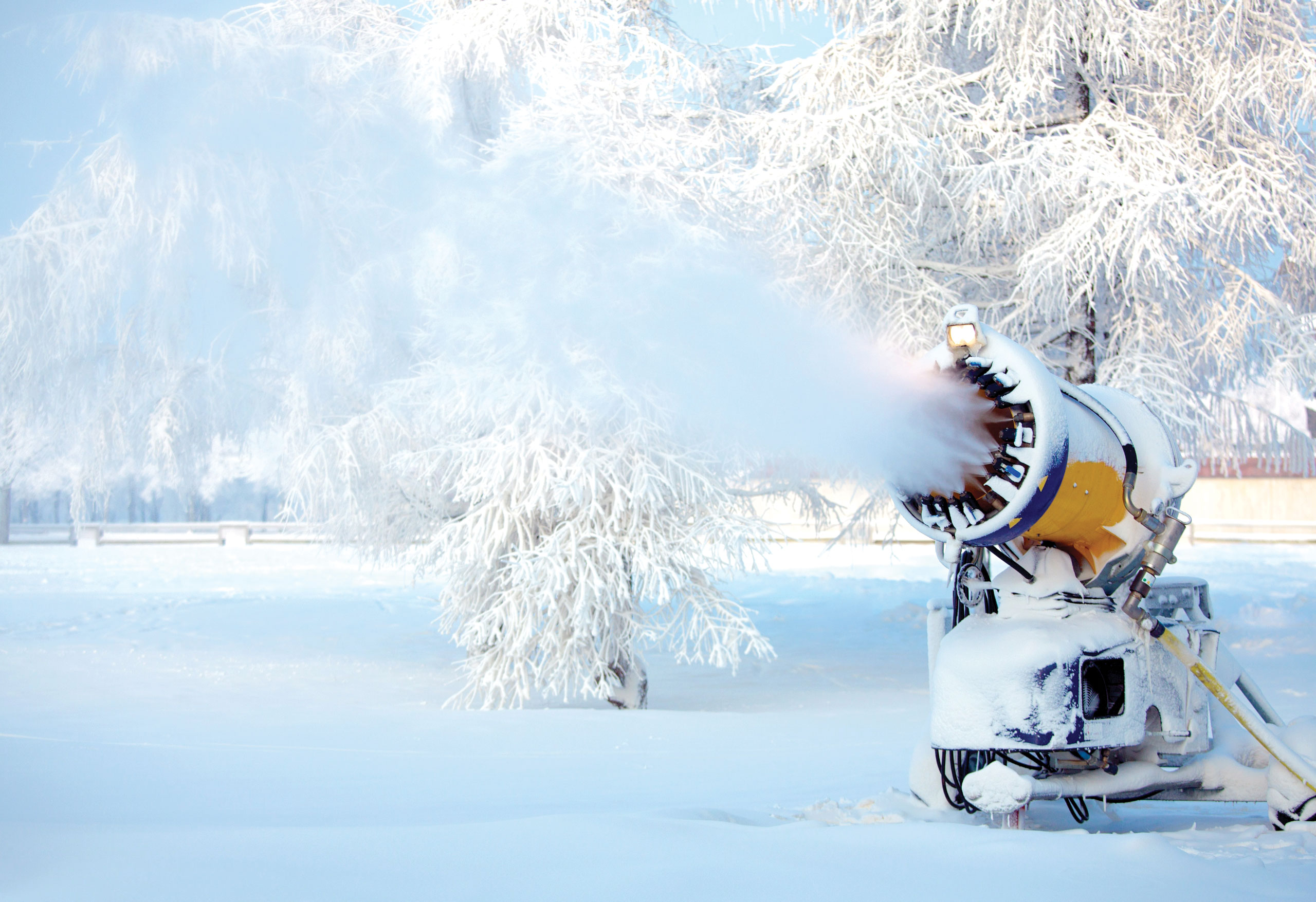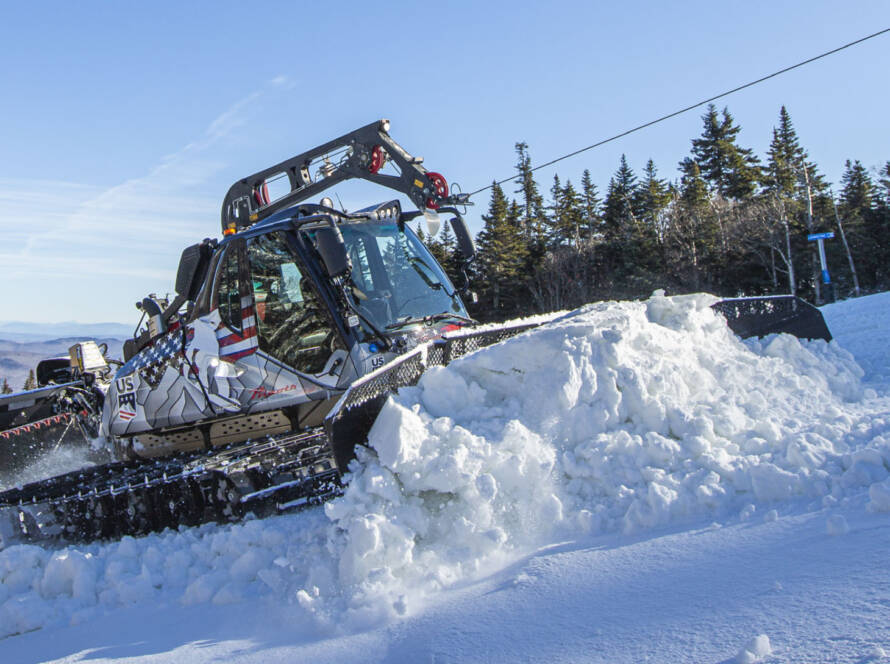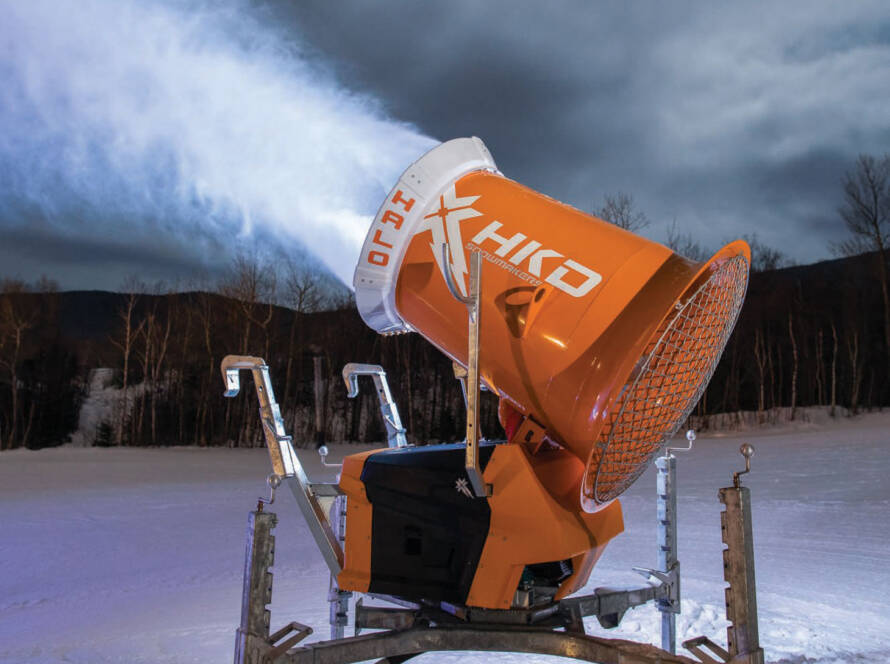With winter upon us and ski season here, many resorts have prepared by farming and storing snow in the fall to ensure there is enough snow for the season start date.
Fortynine51 offers a full range of Liski safety and racing products for preparing race slopes for alpine skiing, cross-country and snowboard events, sign systems and security equipment for every type of ski slope, ski resort and equipment for competitions at the World Cup level.
“With Snow Secure, ski resorts produce snow during very cold periods when snowmaking is inexpensive and fast during the winter,” said Sami Piana, president of Fortynine51.
“After the ski season, don’t simply let the snow melt,” said Piana. “Snow Secure can be a great help. Groomers can form large snow piles that are covered with insulation mats, and a final cover to protect it from rain and wind. Snow stays in snow storages during summer. The storage can be opened in the autumn before normal snowmaking is possible.”
About Snow Secure
Snow Secure was formed at a ski resort in Finland in 2000 by Mikko Martikainen at a time when sawdust was used.
“Since sawdust is not possible to have everywhere, and because the rain goes through it, Snow Secure innovated a new industrially-made solution using the most modern XPS (extruded polystyrene) insulation,” said Piana. “The main benefit of the Snow Secure solution is that it is easy to handle, fast to assemble and remove, easy to store and has the best results in melting.”
Snow Secure’s Beginnings
Snow Secure was formed by Mikko Martikainen in 2000, who was one of the first individuals worldwide to start snow farming. Since that time, he has consulted about snow farming with many ski resorts and for the Sochi Olympics in Russia.
Martikainen also invented and started the patent process of the first industrially-made snow storage system in 2016. As for how snow farming and snow storage works, essentially:
- Snow is collected in big snow piles each spring.
- Snow piles are covered with a Snow Secure insulation system.
- In the fall, insulation is taken away and snow can be spread on the slopes.
Piana says that the ski resorts best served by Snow Secure are those aiming to have a set opening date with 100 percent security, as they have already planned for this during the previous season.
“This allows the resort to book tourists and guests, and also have exact dates for hotels, service providers and personnel,” he said. Snow Secure helps resorts open when guests wish to ski.
Summer snow storage
Snow storage during the summer can be challenging, with the main problem being the heat.
“Snow Secure’s solution has [2.75-inch] XPS insulation to protect the snow from melting,” said Piana. “For example, say temperatures reach [89 degrees fahrenheit] outside, and [113 degrees fahrenheit] on top of the storage. However, underneath the insulation, average temperatures are [34 to 36 degrees fahrenheit].”
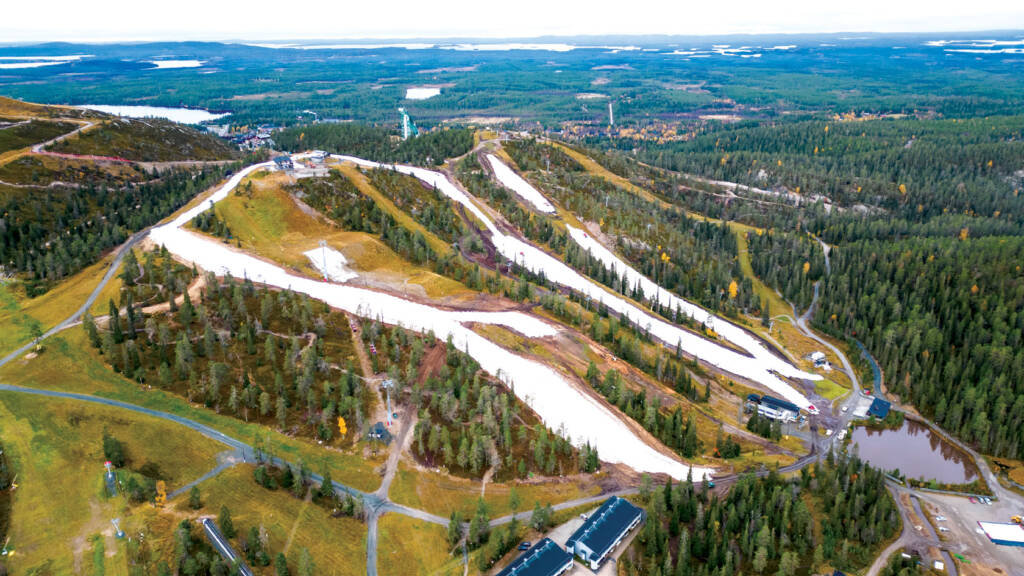
He says Snow Secure has done snow storage in northern Europe with a high heat load in the summer. It has been shown that snow stored with Snow Secure shrinks 13 percent under the insulation mats.
“However, snow becomes denser during the summer, so actual melting has been around eight percent. In snow storage, the ends are covered with special geotextile to protect from the rain and wind, but has no insulation. Those parts of snow storage can lose up to 50 percent of the snow,” Piana said.
Snow Secure also protects rain from entering the storage. Additionally, there is full wind protection to avoid wind entering the snow storage.
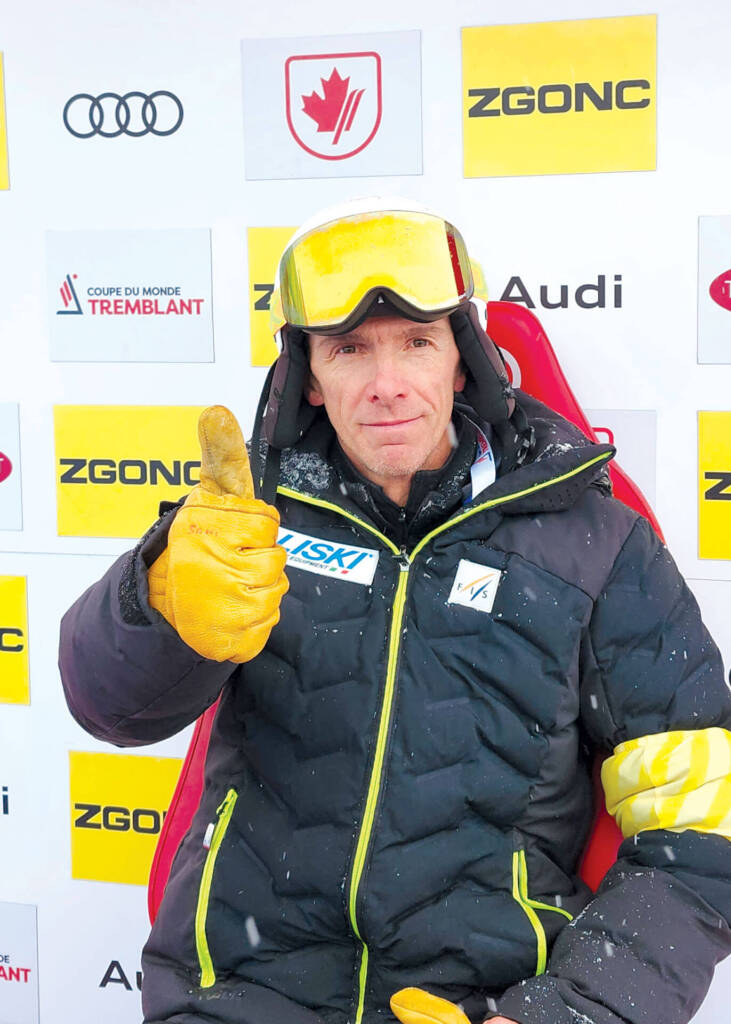
“The main benefit of the Snow Secure solution is that it is easy to handle, fast to assemble and remove, easy to store and it has the best results in melting.”
– Sami Piana, Fortynine51
The snow storage system can also be assembled quickly. For example, one 13,000 cubic yard snow storage unit can be covered in the spring in one day and opened in the fall in one day as well.
The system can also save up to 50 percent of water resources and help reduce other infrastructure investments such as snowmaking machines, water recycling pipes and storage, electricity cables and pump stations. Energy and maintenance costs will also be noticed.
Investment and costs
Piana says buyers should view Snow Secure as an investment due to its long life. “Typically, you could calculate the additional cost each year from Snow Secure material at less than $1 per cubic meter of snow in the (fall) each year. In addition, a resort could save up to 85 percent of energy costs by producing the snow during a very cold period of the year. This can significantly offset the actual cost of the investment,” Piana said.

